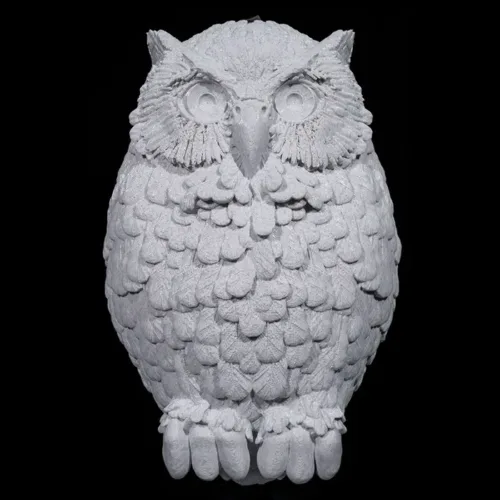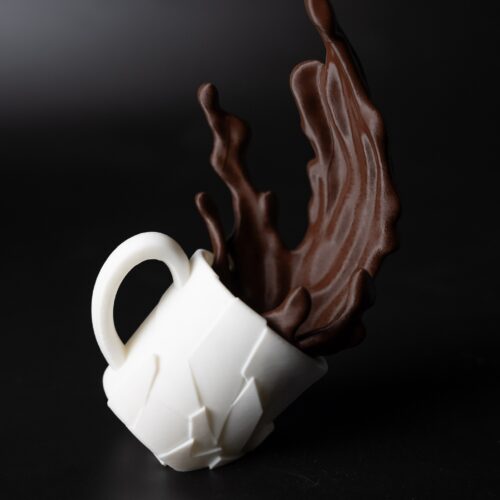How 3D Printing is Revolutionizing Eco-Friendly Design
In an age where environmental sustainability is increasingly at the forefront of design considerations, the lighting industry is undergoing a transformative shift towards more eco-friendly solutions. One of the most promising developments in this regard is the integration of 3D printing technology, which is revolutionizing the way lighting fixtures are designed, manufactured, and utilized. By leveraging the unique capabilities of 3D printing, designers are able to create lighting solutions that are not only aesthetically pleasing and functional but also environmentally sustainable.
Reducing Material Waste
Traditional manufacturing methods often result in significant material waste, as products are cut from larger sheets of material or molded into shape, leaving behind excess material that is discarded. In contrast, 3D printing is an additive manufacturing process, which means that objects are built layer by layer using only the material that is necessary for the final product. This results in minimal material waste, making 3D printing a much more sustainable option for producing lighting fixtures.
Additionally, 3D printing allows for the use of recycled materials, further reducing the environmental impact of the manufacturing process. Recycled plastics, metals, and other materials can be transformed into filament or resin for use in 3D printers, providing a second life for materials that would otherwise end up in landfills.
Energy Efficiency and Customization
Beyond the manufacturing process itself, 3D printed lighting fixtures offer other sustainability benefits. LED lighting, which is commonly used in 3D printed fixtures, is known for its energy efficiency and long lifespan. By incorporating LED technology into their designs, designers can create lighting solutions that consume less energy and require less frequent replacement, reducing both energy consumption and waste.
Moreover, the customization capabilities of 3D printing enable designers to optimize the design of lighting fixtures for maximum efficiency. By tailoring the shape, size, and distribution of light emitted by a fixture to the specific requirements of a space, designers can minimize energy usage while still providing adequate illumination.












Leave A Comment